Building your own home is cheaper than buying an existing one.
However, many people can’t afford to buy the materials they need to build their house; but there are cheaper ways to build your home with environmentally friendly methods.
The construction industry has long had a negative impact on the environment by depleting forests and polluting rivers and oceans.
To build a house, a lot of material is needed which leads to deforestation and contributes to global warming.
When a house is built it creates pollution as well as greenhouse gases throughout the construction process due to the energy used.
However, every existing house needs maintenance so people have been building homes for thousands of years, as long as humans have existed, and as such the construction industry will not go away anytime soon.
It is cheaper to build your own home than to buy an existing one, but if you want a cheaper way of building your house with minimal impact on the environment, there are cheaper ways:
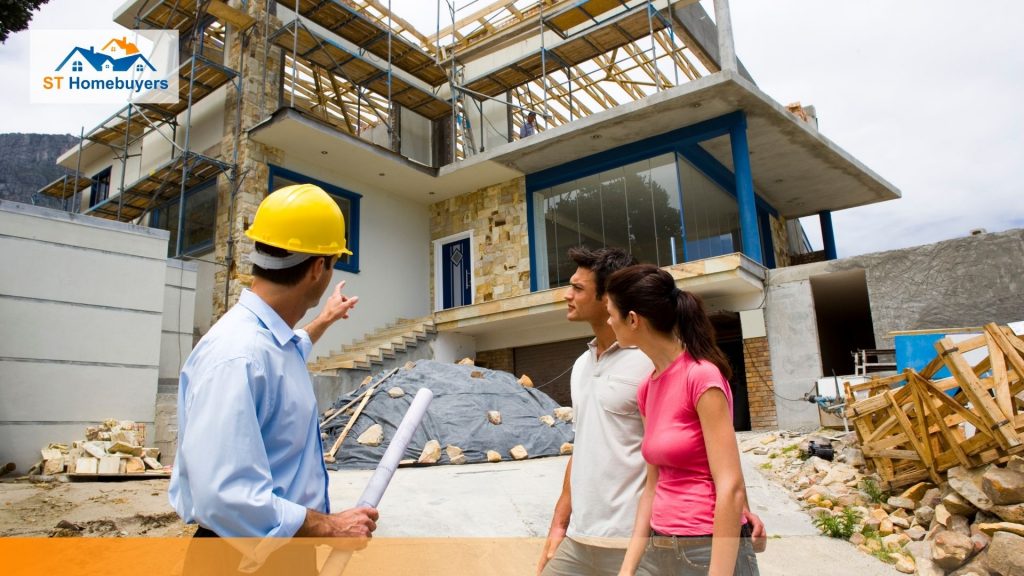
1. Building your Own house, With The Assistance Of A Contractor
Working with a contractor to build your ideal house may be the answer you’re searching for if your main concern isn’t necessarily about money, but rather finding what you want in a new house.
With a clean slate, some expert guidance, and your own unique vision, you’ll be amazed at what you can accomplish.
Make A Plan
In many areas of life, preparation is the key to success – and this includes the construction of a home.
You’ll want to make sure you have a clear budget, the appropriate people, and well-considered resources in order to make this process as painless as possible.
Identify the Best Location for Your New Construction
With any job, you must always have a solid foundation in place, especially if you are constructing a house.
Make sure you understand the expenses involved with any necessary excavation or land contouring if you want to use your current lot or look for a new property.
If you want to start building somewhere else, make sure you do plenty of research on the site and local zoning codes.
Because city to city zoning regulations differs, perform your homework ahead of time so that you may go above and beyond with your build.
Pools, greenhouse buildings, and other unique features may be prohibited in some areas.
Other restrictions apply
The first step toward your ideal house is to know what features you desire and whether they’re feasible for your lot.
Make Sure Your Figures Are Correct
Although you may already have a budget in mind as a result of your house-hunting experiences, the construction process can include a slew of fees that you might not have considered.
Let’s start by breaking down some of the expenses you could face while building.
- The groundwork is also essential, as we stated previously. Do you know if your lot is ready for construction? Will you need to employ a landscaper to shape or level your yard? Will any excavating or erosion control be required in your yard? Before making any decisions, consider these important questions.
- Hiring an architect is often a good idea, regardless of how particular your vision is. These skilled specialists will make drawing up the floor plan much simpler, while also being available to give you any special requirements you may have. Just be sure to clearly express your thoughts and find an architect with whom you can work well in the future.
- Contractors: You don’t want to feel lost when faced with the big decisions surrounding your home build, and a great way to avoid this is by hiring a contractor. Similar to working with an architect, having this professional on your team can provide you with advice and help flesh out the logistics behind your build. Many experienced contractors will understand the best and most durable materials to work with, and some may even be able to get you deals on certain materials based on their relationships with a supplier. Contractors should also have an area of knowledge around the safety and legal requirements of construction in your area to ensure an efficient build.

2. Without A Contractor, You Can Do It Yourself
If you’re among those who already have construction experience or know someone with expertise in your social circle, it’s likely you’ve considered constructing your own home.
If you truly have the proper tools and know-how, then DIYing your project may save you a lot of money in the long run.
The more you perform it yourself, the more money you will save.
However, you may still want to consult with an architect, designer, or contractor in order to avoid making any costly blunders – especially if this is your first time constructing.
Still, if you feel comfortable in your abilities, the internet should have no shortage of resources.
For inspiration or innovative home project ideas, don’t be scared to go online and download floor plans.

3. Make a Simple Box
Squares are the most basic shape, as geometry classes have shown.
So, if you don’t mind keeping things simple, a square or rectangular floor plan might save you a lot of money.
Rather than creating an elaborate house, build up instead of out – it’s typically less expensive.
Also, don’t underestimate the impact that landscaping, decks, paint jobs, and décor may have on your outside.
If a simple build meets your needs, seriously consider going with this affordable option and reaping the rewards.

4. Select A Design With A Plain Roof
A roof that is easier to maintain and repair also lowers the cost of materials and labor.
This notion of saving money by spending less applies to roofing, too: simpler designs will cost you far less.
Although multilevel roofs may appear attractive, a basic roofing option is always the way to go.
Simple roofs are less prone to leaks or damage over time, and they will also save you money in the short term.
Because of their simplicity, simple roofs are less prone to leaking or breaking down over time.
If you’re on a tight budget or don’t care much about rooftop appearance, a plain, gently sloping roof is an excellent method to

5. Build a Home That Is Energy-Efficient
Over time there has been an increasing trend in sustainable living and energy-efficient homes – and for good reason.
Not only can upgrading your home to an energy-efficient model save you hundreds in energy bills each month, but you also get to do your part for the environment.
Whether you’re a seasoned expert in sustainability or you’re simply interested in taking small steps toward going green, there are plenty of ways to make your home energy efficient – from installing better insulation or high-efficiency windows to utilizing solar or wind energy as a resource.
The upfront cost of these features can be prohibitive for some individuals.
However, thinking of them as a long-term investment rather than a one-time purchase, and remembering how much money these gadgets may save you in the long run, will significantly reduce their intimidating price tag.
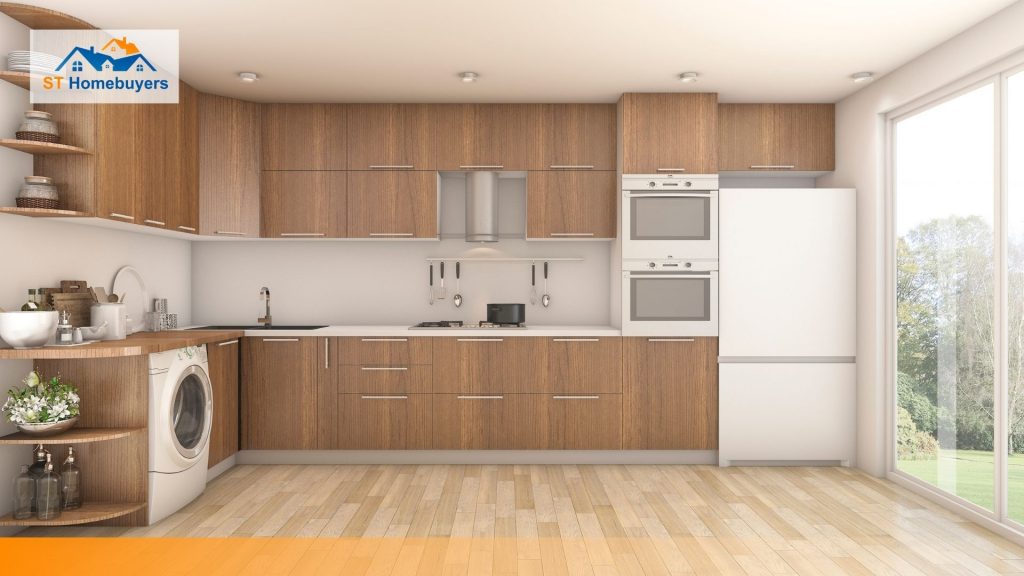
6. Keep Water Usage Areas Together
This is an excellent method to save money while building your house from the ground up.
You may eliminate the need for excessive plumbing supplies and save some money by clustering your laundry room, bathrooms, and kitchens as closely together as possible – either vertically or horizontally.
Consider doing this if you want to save money while drafting up your floor plan.
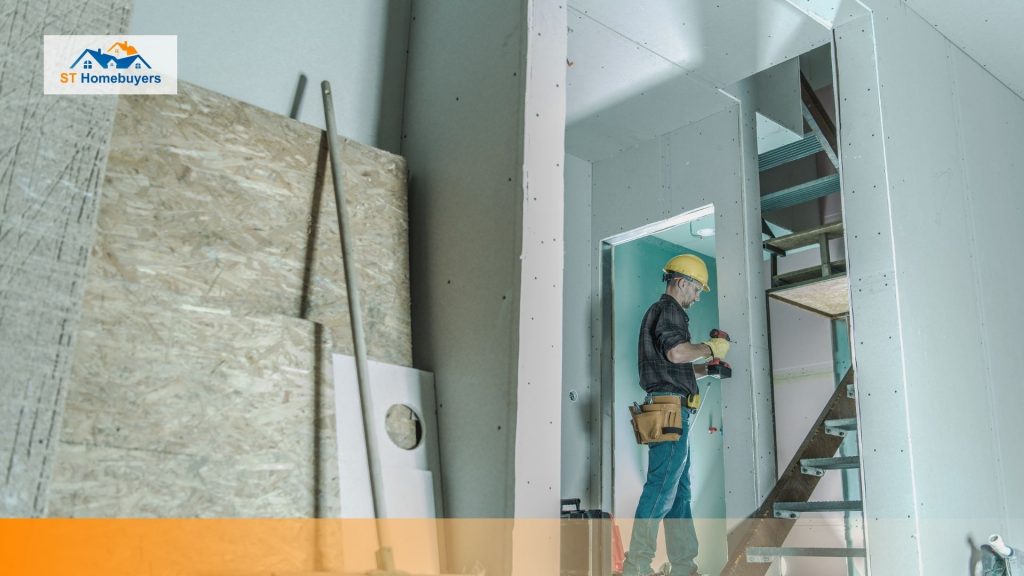
7. For the time being Save Money, avoid the expensive finishes.
Don’t get too worked up if your funds are running out. You may always add flooring or countertops later.
Concentrate on laying a solid foundation — finishing touches can always be added later.
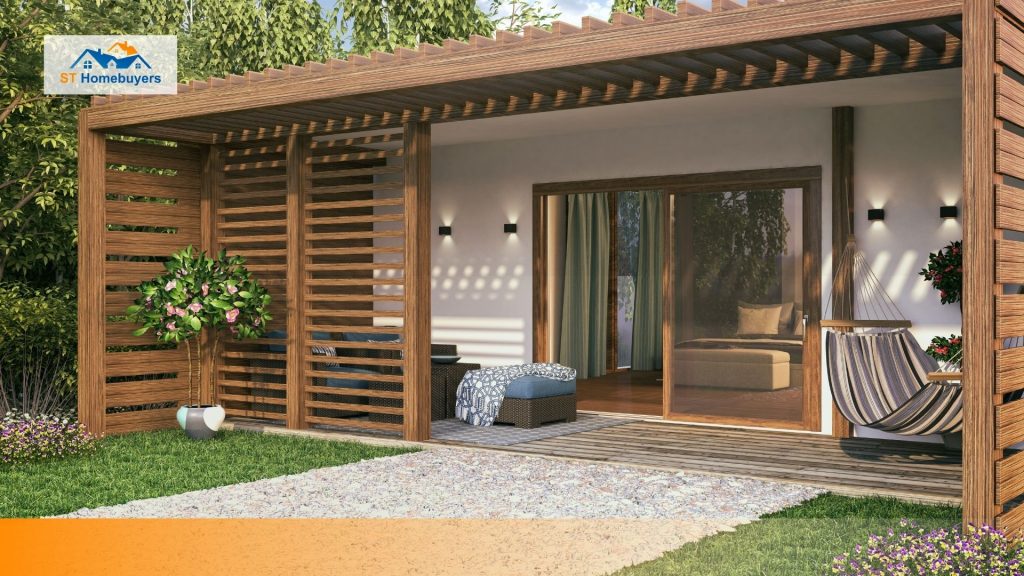
8. Assemble A Tiny House
If you’re open to a more unusual way of life, tiny house living might be for you.
The little home lifestyle has increased in popularity in recent years due to its sustainability and clever use of every square foot.
With its viral appeal, tiny-home owners have evolved into an energetic internet community with plenty of information on the benefits and drawbacks of the
Tiny houses are, after all, small. Because they are so tiny, they will cost you much less to construct than a typical home.
Depending on how opulent you want your building to be, small homes range from $20,000 to $100,000.
They also require far less upkeep than a normal house.
However, the tiny home lifestyle isn’t fit for everyone.
Perhaps the largest drawback to tiny homes, besides their limited size, is financing.
Tiny homes typically aren’t eligible for loans.
It may be worthwhile looking into if you’re searching for something new and believe you’ll be able to pay off your tiny house in full or are prepared to use credit cards.
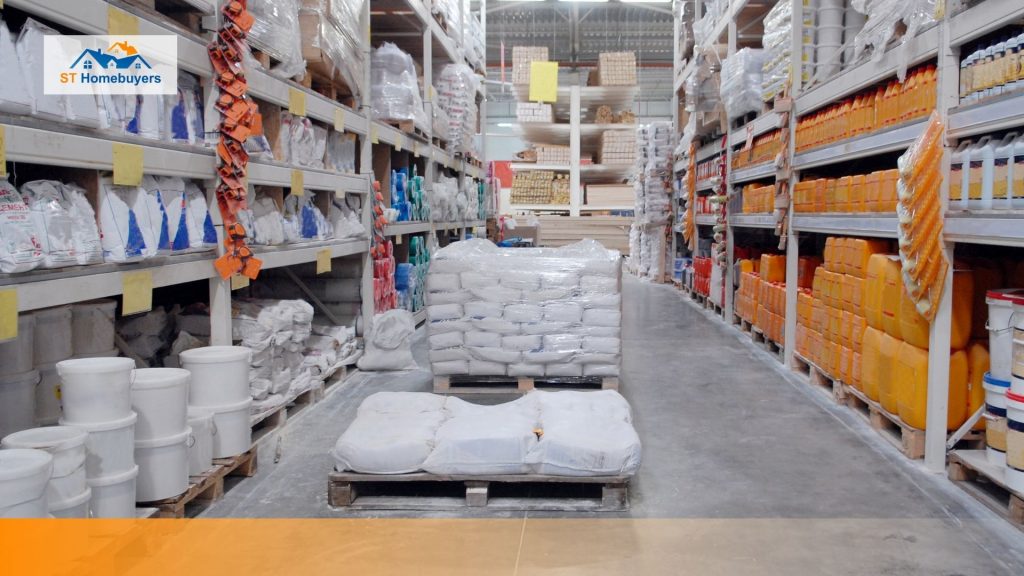
9. Unconventional Building Materials
Another alternative for people seeking something new is to seek out methods to make use of unusual building materials.
With the growing popularity of tiny houses, there has been an increase in demand for shipping container homes – residences constructed entirely of repurposed storage containers.
The type of innovation that looked at storage containers and saw long-lasting home construction materials is the sort of cost-cutting creativity you should focus on when planning your house.
This material recycling isn’t only ecologically beneficial, but it will also save you money on your construction expenses.
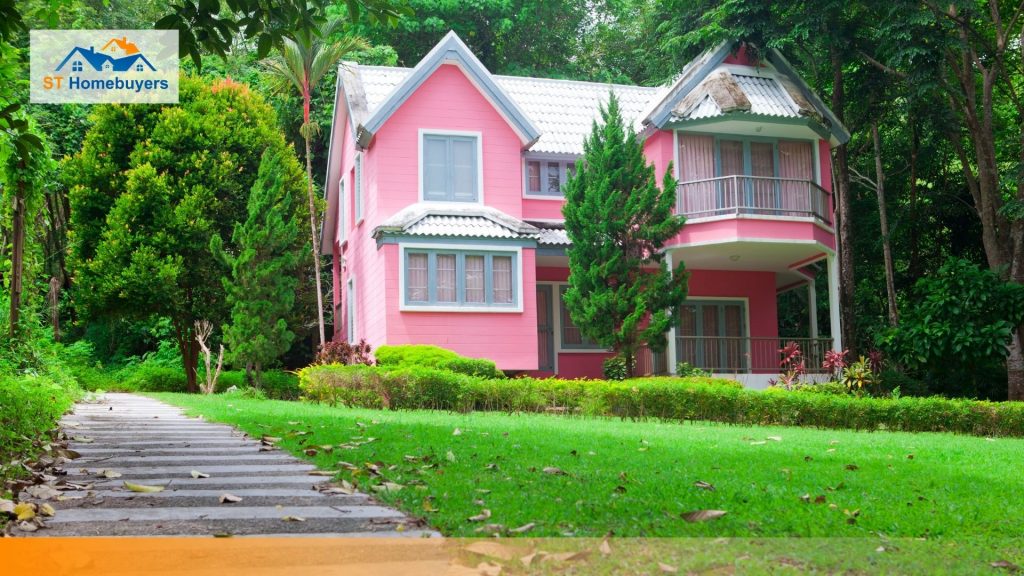
10. Build Off The Grid
In case you haven’t noticed, sustainability has become quite popular recently.
This is why off-the-grid housing, or self-sufficient houses, are appealing to more and more people all the time.
If you’re interested in sustainability and want to try out a net-zero lifestyle, check out off-grid house designs or peruse the massive online community for more information.
Types of Cheapest Homes
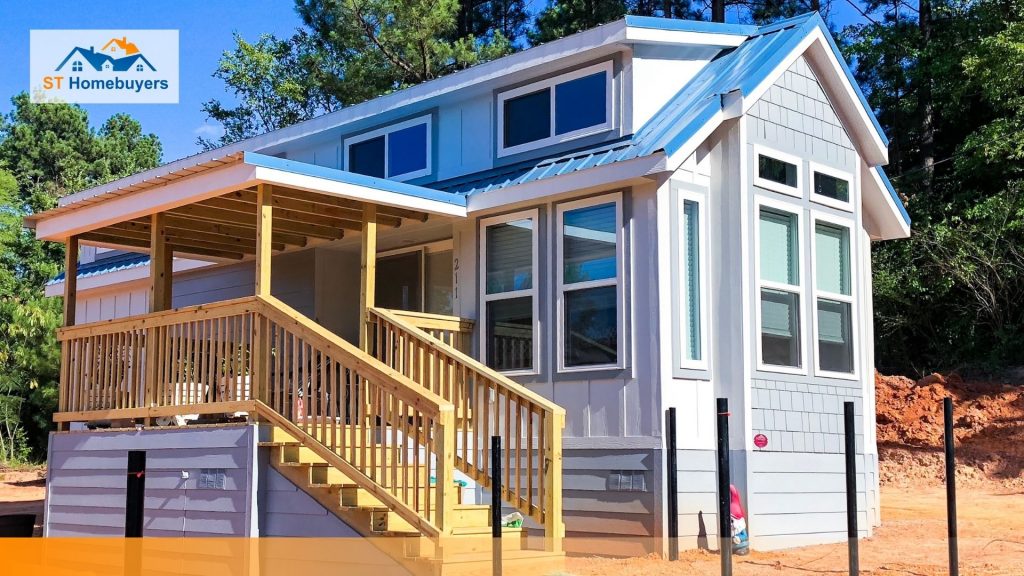
1. Tiny homes are becoming more and more popular.
Tiny homes have grown in popularity over the last decade as affordable and Sustainable house types Tiny houses are less than 400 square feet and are typically square or rectangular in shape.
The simple design and small space reduce the materials needed, keeping construction affordable.
Tiny homes can be bought and are often built since they’re not very common.
It can be difficult to secure a mortgage for alternative homes like these depending on how rare they are in your area, so be prepared to purchase with cash.
The overall cost to build a tiny home is about $97,500. When you buy one, the average price tag is around $45,400.
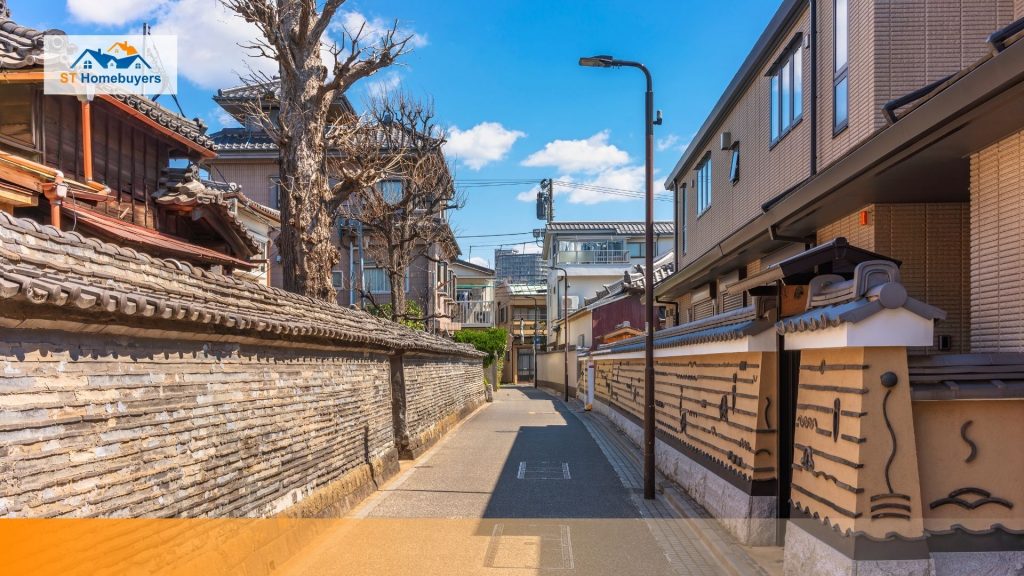
2. Construction Homes with Cob Walls
Cob is a clay combination that has been used all around the world for millennia.
A home’s walls and foundation might be constructed of cob.
Building your own cob house may be time-consuming, so expect to do some manual labor.
Cob houses aren’t popular in the United States, and they’re not readily available for purchase.
The design of the log home is distinctive, with solid construction and an interesting appearance.
Cob may be used to build a contemporary house or for smaller projects like sheds and garden walls.
In most areas, cob homes are uncommon and may be tough to get a mortgage for, much like tiny houses and container homes.
The majority of home purchasers finance their purchases and are more focused on future house types.
The average cost of constructing a wooden house is approximately $7,000. Purchasing one will set you back about $499,900.
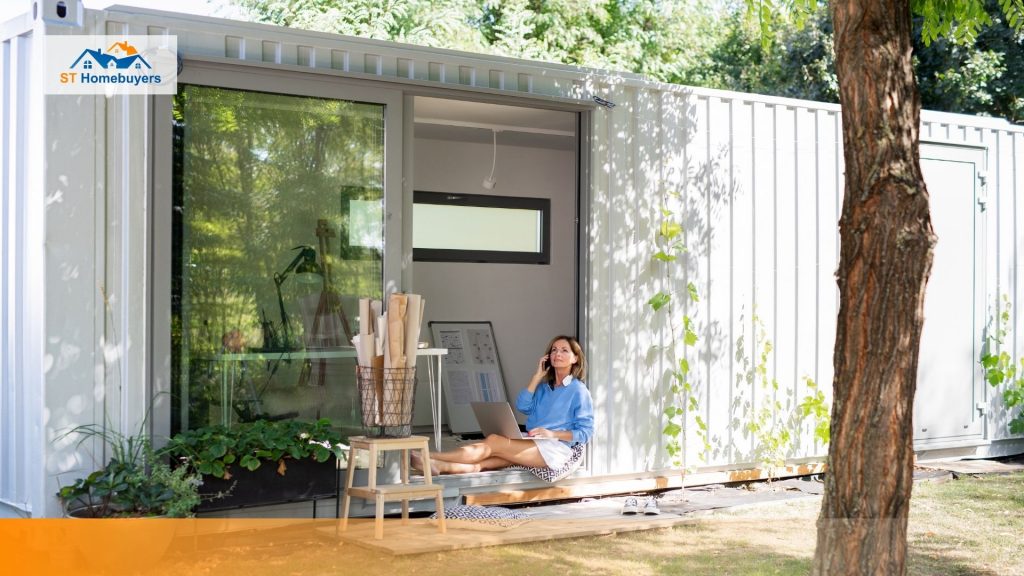
3. Shipping Container Homes
Shipping container homes are built around the structure of a retired shipping container so you save time and money on framing.
Shipping containers can be used for tiny homes or combined with other containers for the construction of a larger house.
Shipping containers generally come in two sizes — 20 feet by 8 feet (160 square feet), or 40 feet by 8 feet (320 square feet).
Container homes are only illegal in select states including:
Alaska, California,Colorado,Florida,Georgia,Louisiana,Minnesota,Missouri
New York, North Carolina, Oregon, Pennsylvania, Tennessee, Texas, Washington, D.C.
It might be tough to obtain a mortgage for container properties, just like tiny houses. If you want to construct one, save money by doing your homework first.
Average cost to build: $16,500-$44,500 Average price to purchase: $32,000-$61,000
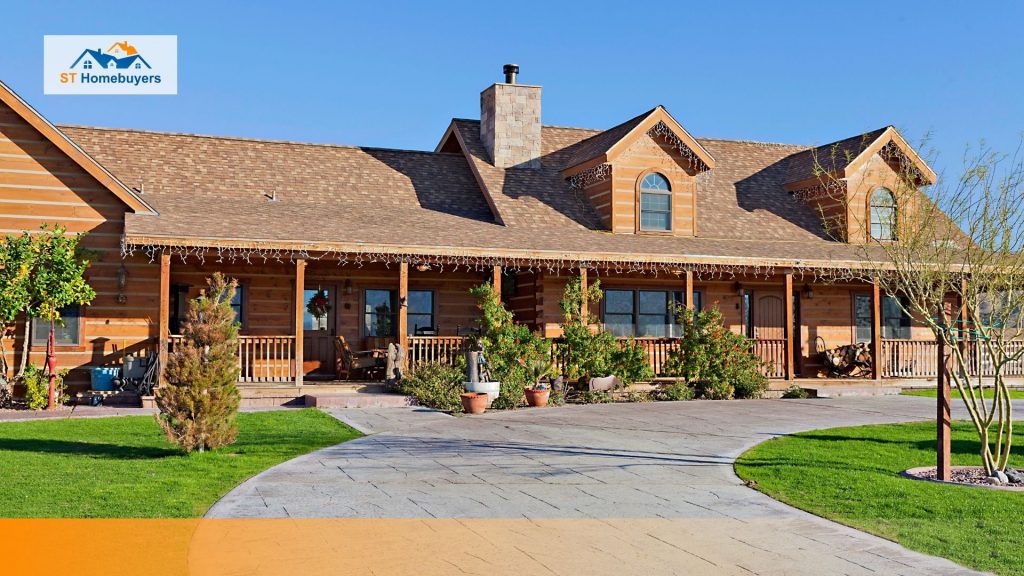
4. Ranch style houses
The most popular homestyle in the United States is a ranch house.
They’re another rectangular-shaped home, although they are available in “T” or “L” forms as well.
The most inexpensive variety of residences to construct is one with a basic and straightforward layout.
Ranch houses are most often single-story buildings with attached parking.
They’re simple to construct, and because they’re so flexible, you can usually find a house that meets your criteria and budget.
If you choose to buy a ranch home, you may select from a number of sizes and forms based on your budget.
The average cost to construct a house is $150 per square foot. The acquisition price of this property was $159,900.
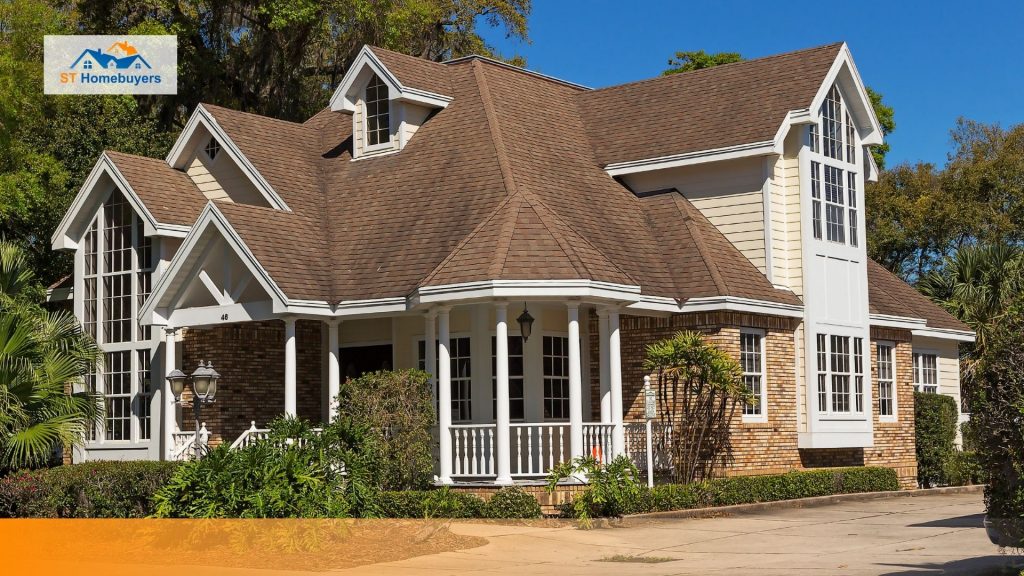
5. Colonial Houses
The traditional style of colonial architecture is characterized by rectangular, symmetrical homes.
Their basic structure is less expensive to construct than complicated or asymmetrical houses.
The styles that originally characterized colonial dwellings have transformed with time and are frequently applied to mansions.
It might be difficult to locate inexpensive colonial properties for purchase, so if you plan on constructing, keep it basic and small.
They’re also simple to come by plans for, and they may be built up rather than out, so you can save money on
The estimated cost to build is $300 per square foot, and the purchase price was $172,961.
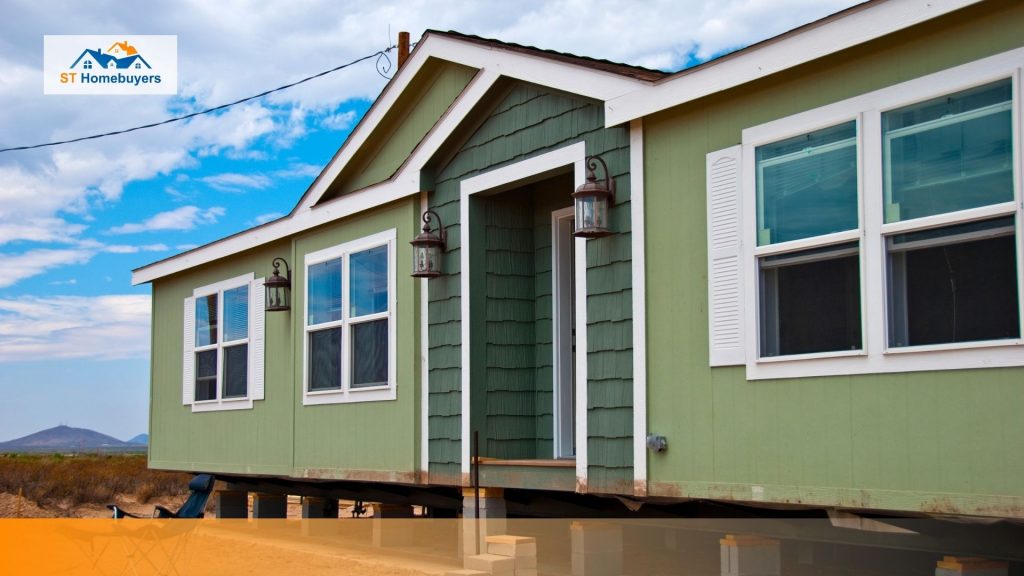
6. Prefabricated Houses
Prefabricated houses are constructed on a different site, delivered to your property, and then put together on the plot.
You select from your builder’s options of layouts and materials to personalize your home.
Prefabricated or modular homes are cost-effective since they’re built-in panels off-site and offer restricted design choices.
The home design and upgrades are flexible, but these modifications are pricey.
Prefabricated homes aren’t cheap — they’re simply less expensive than a site-built home — so keep the low-cost design in mind.
Prefabricated houses are typically more eco-friendly and faster to construct than on-site builds.
The cost to buy a property in this area varies between $100 and $200 per square foot, depending on the price.
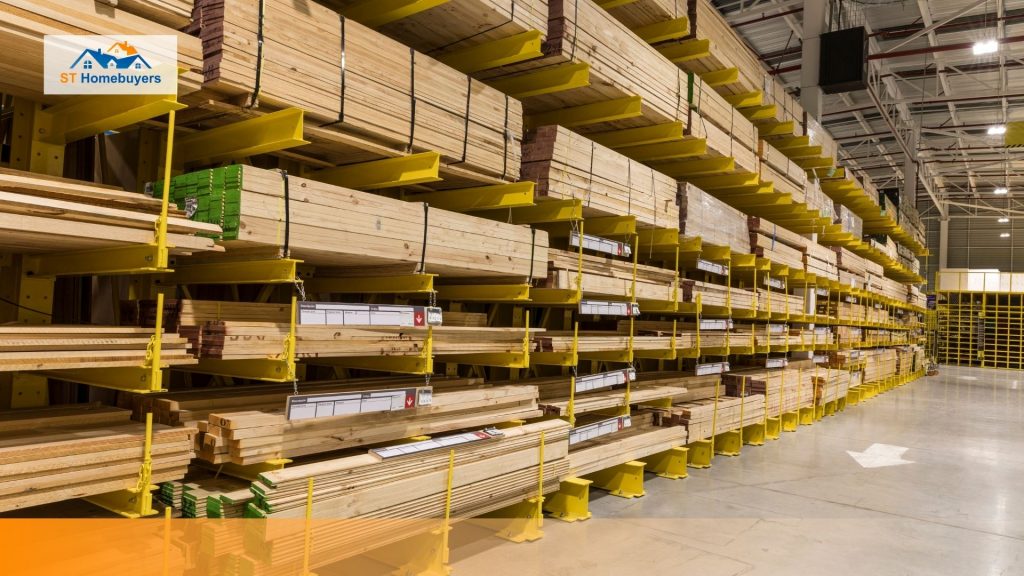
The Cheapest Materials to Make a House
1. Concrete sheets
Concrete sheets are a specific type of prefabricated panel.
They’re just as easy to install and save time and money from labor costs, on-site framing and pouring, and help to avoid weather delays.
Concrete is an affordable option that’s secure, fireproof, insulating, and weatherproof.
2. Prefabricated panel
Prefabricated panels are built off-site and shipped to you, ready for assembly.
You or your contractor can order prefabricated wall panels, framing, floor joists, and roof trusses based on your preferred house style and layout, or layouts offered by the prefabrication company.
Prefabricated panels can be made of wood, steel, or concrete.
You can also opt to add finishes, paint, or features like fireproofing depending on your panel supplier’s services.
3. Shipping containers
Retired shipping containers are an affordable and sustainable option for setting the base structure of your home.
A single container is great for tiny home living.
You can also assemble multiple containers or build off of a single container for a larger space.
4. Reclaimed wood
Reclaimed wood is more affordable than fresh lumber and keeps wood out of landfills.
You may find it for free through online Buy Nothing groups or construction sites — just be sure to ask permission to pick up discarded wood.
Using reclaimed wood as paneling or anywhere it’s visible gives your home a unique look with a mix of grains and colors.
You can also refinish reclaimed wood to match your aesthetic.
5. Bamboo
Bamboo is a durable lumber alternative that grows quicker than trees, so it’s sustainable.
It’s versatile and can be used for framing, roofing, flooring, and fencing.
Some bamboo species are also considered lucky plants for your home.
There’s a variety of bamboo species, and the time of harvest impacts its durability.
Research the bamboo that fits your construction needs and providers before you buy.
6. Brick
Brick is an affordable building material that can be bought new, recycled from old construction, or even made at home.
You can find salvaged brick through online marketplaces, Buy Nothing groups, and construction or demolition sites.
Brick installation is time-consuming, so you may pay more in labor.
If you’re willing and experienced enough to lay your own brick or know a good contractor, this can still be an affordable option for your house.
7. Cob
Cob is a mixture of clay, sand, straw, and water that you can make at home.
It can be formed around a simple frame, built up on its own, or made into bricks for construction.
It’s a good insulator and a sturdy building material that has been used for centuries.
Cob may not fit your lifestyle needs and is best for tiny homes.
You can use it in addition to other construction methods or to build a shed or landscaping structure.
Check local laws if you plan to build a cob home to ensure it’s permitted in your city and state.
8. Recycled bottles
Recycled bottles can be used as a construction alternative that’s popular for sustainability or aesthetics.
Ecobirks are plastic bottles stuffed with plastic waste to create durable bricks that reduce pollution.
They can technically be used to build a house, but they’re better suited for small structures like gardens, sheds, or even furniture.
Bottles with plastic or metal caps may be trimmed to remove the neck and placed in adobe, cob, or concrete.
For stained glass, cut the bottles’ ends together and leave the bottom ends exposed.
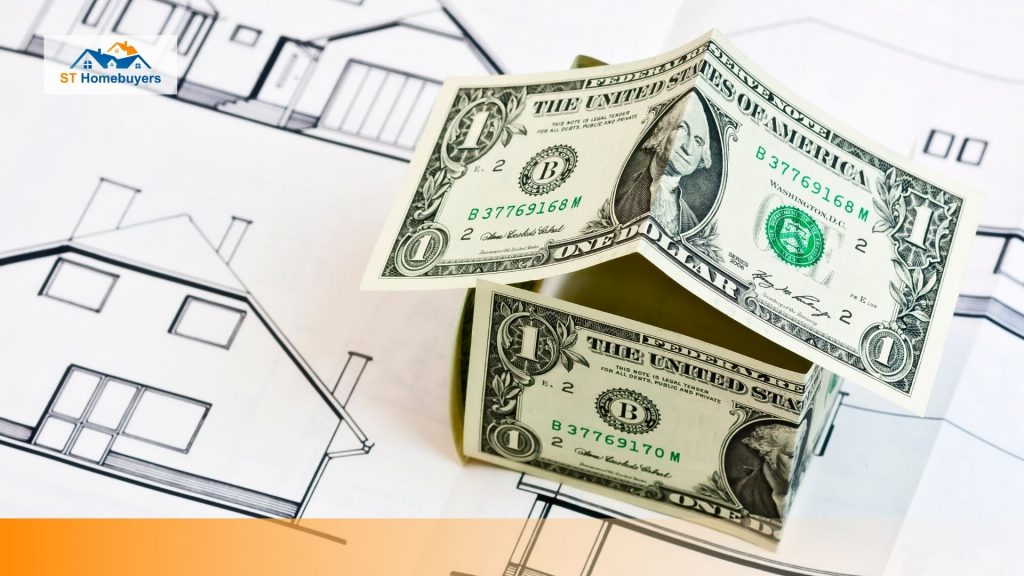
The Bottom Line: Making Your Own Home Could Save You A Fortune
Whether you want to create a one-of-a-kind, more unusual house, live sustainably, or just save money with your house construction, there are plenty of alternatives when it comes to creating your ideal home
ON THE PREVIOUS POST: The Real Estate Commission of New Mexico
Is it possible to obtain a mortgage to help finance my DIY project?
There are several different types of construction loans available for you to apply for, based on the sort of construction you’ll be undertaking. However, rather than going to you, the homeowner, money from a construction loan will go directly to your contractor once the job is finished. Financing gets more difficult for lower-cost constructions, such as tiny houses or shipping container models. The majority of houses won’t qualify for any kind of loan unless they have a permanent foundation. Even if your home is mobile, there’s a good chance it won’t meet the requirements to get an RV or motorhome loan.
What are some avoidable mistakes to stay away from?
First, be ready. Before construction even starts, you should have all of the required building permits and that you comply with your region’s zoning rules. Getting caught constructing without a license will not only extend the time it takes to complete your project but will also double or triple the cost of the original permit. Second, if you don’t know what you’re doing, hire someone who does. If you make a plumbing or electrical error early on, it might cost you a lot of money if you don’t notice it right away.
Is there a tiny house community where you live?
The small house movement has created a vibrant online community, as we previously noted. You can join groups on YouTube that discuss their everyday lives, discover Instagram influencers, and read hundreds of Q&As on Reddit. Don’t be afraid to communicate with these like-minded individuals to learn more about the lifestyle and determine whether it’s suitable for you.

